This manual Ford Fusion is a “Four Door Sports Car” with maximum potential
There’s no question I had “beige Camry fever” after experiencing the last—and possibly best—of the breed for myself. The Camry went from an unassuming beige wrapper with a standard five-speed manual transmission in 2007 to a legit, close ratio six-speed, gutsy 2AR-FE powered performer in 2009. But Hagerty reader Citationman explained my hesitancy to pull the trigger most eloquently:
“While I love this Camry–or rather the idea of this Camry—I say drive your other cars more. In the future there will be another unicorn you will not be able to pass up.”
I suspect he wasn’t expecting an alternative to arrive so quickly… but here we are. A stick-shift 2010 Ford Fusion. And behold, it is complete with a close-ratio six–speed manual transmission. (Or transaxle, if you wanna be picky about it.)
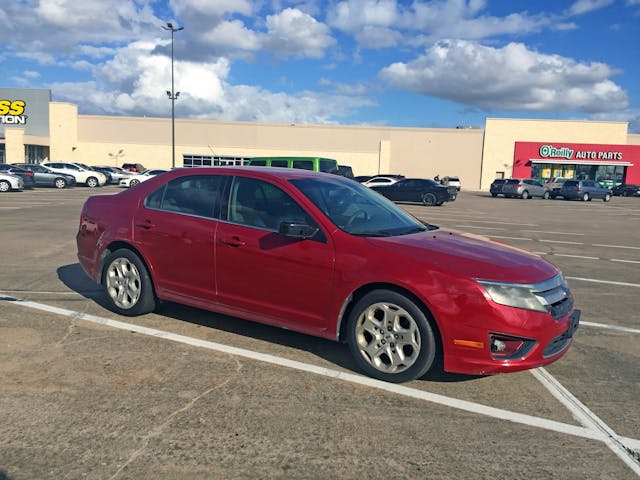
At first, I wanted to check out the Fusion just to say I did it. Then, something special happened when I threw it into a corner and mashed the gas. As Trae Tha Truth once said, “Broke up with my foreign car, and fell in love with a Cadill…” well, perhaps there’s no lyrical parallel to what I experienced in this front-drive Ford. Of course this is no ordinary 2010 Fusion—the face-lifted schnoz hides a bigger 2.5-liter Duratec (+15 horses) and the aforementioned manual transmission boasts six speeds instead of five.
Both the Fusion and Camry (alongside Honda Accords, Mazda6s, and Nissan Altimas, to be fair) are from a forgotten, tragically-overlooked era when sports-car dynamics were readily available in safe, comfortable, and modern family sedan wrappers. They didn’t come with SHO badges or 4DSC nicknames like their predecessors, and their natural aspiration and torque convertor-less attitude ensured there was no waiting around for power to shoot you out of a turn.
Ford-savvy killjoys can now interject with facts, such as that the all-new 2013 Fusion was a far superior car and also had a six-speed manual transmission. Which is a fair point, except the 2010 and the 2013 model are two meaningfully different cars that merely share an emblem. Two years ago, I enjoyed a brief stint in a 1.6-liter EcoBoost Fusion paired to manual transmission—coincidentally in the same color and spec as this 2010 Fusion SE. I came close to buying it, too, but the EcoBoost engines aren’t especially low-maintenance compared to the more durable and free-revving naturally aspirated Duratec 2.5. Let’s agree we aren’t discussing the Golden Age of muscle cars here, but in this respect at least there is, uh, no replacement for displacement: the big 2.5-liter four in the smaller Fusion makes about the same power but is way more willing to give it up when prompted. The older Fusion is also lighter (by about 200 pounds) and is a far more delightful dance partner when it comes to handling.
The newer Fusion is a front-wheel drive luxury car sans prestige—and since I’ve already got one of those, I’m good. This 2010 car speaks to my incessant need to own a 1989 Taurus SHO, albeit with accoutrement that spoil us modern motorists in modern times.
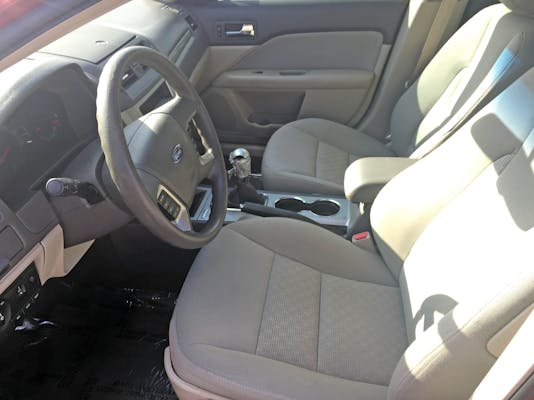
Someone truly cared for this particular car, and that care started from day one when it was ordered. Unlike my other temptress, that not-an-LE Camry, someone ordered this Fusion SE with every option possible while still retaining the three-pedal setup. The selling dealership tinted the windows, which helped preserve the car’s seats and carpet. The steering wheel still has texture around its circumference, and the car even sports the factory floor mats along with two sets of Ford keys. Some of the interior door handles are losing their chrome plating, sure, but the rest is a throwback to a time when a modicum of soft materials made for an acceptable amount of luxury. It was an era between the heinous times of pre-bankruptcy GM interiors (cough, Pontiac Aztek) and what I would argue are the disguised luxury sedans of our current decade.
The chassis, too, demonstrates a brilliant blend of capability, durability and value. The aforementioned beige Camry wallowed and wafted over bumps, accepting throttle inputs as if they were gentle suggestions. Ford’s Fusion absolutely begs you to launch it hard, the gearing was shockingly aggressive, and its CD4 chassis hungrily ate every corner I threw at it. Naturally, you can’t judge absolute performance on 10+ year old cars with questionable maintenance, mismatched Chinese tires, and a brief test drives. But truths still emerge, because the Fusion’s bones are clearly the Mr. Hyde to the Camry’s Dr. Jekyll.
And yet, much like that Camry, someone mucked about with the poor shift knob. While a replacement (I looked, yes,) isn’t quite so easy to procure at the time this writing, I could pop off the six-speed face and install it on a global Ford Mondeo shift knob purchased from eBay. Or perhaps do the same from a stateside knob from a fifth-generation Mustang. So we have options—including a beefier rear sway bar (2 options, actually), wheel upgrades from the Mustang, and even an ECU tune that could net 20 more horsepower (on 93 octane gas).
The idea performance upgrades further whetted my appetite, and as a fan of OEM+ modifications, I looked down upon the dowdy SE-grade interior and wondered aloud if interior bits from the SEL might dress up the package. The leather-wrapped wheel with flat spots for your thumbs would be nice. Or maybe the fake wood bits with a wooden ball shift knob to match?
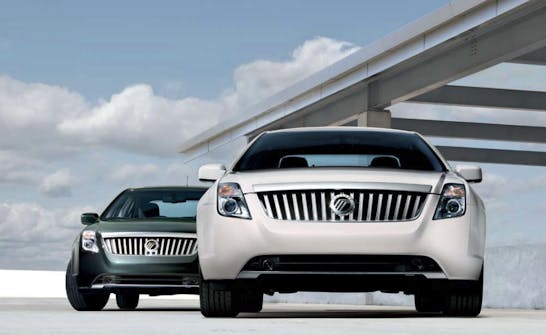
How about the bumpers, hood, trunk, grille, and airbag from a face-lifted Mercury Milan just to make Jack Baruth endlessly jealous of my unparalleled excellence? Jack will always be a better driver, but I’m confident Jill shall put my Fusion Milan on her list.
This and all other avenues are on the table when it comes to me and oddball Ford products, even though I must admit the Camry still has some hold on my attention. The Fusion was priced within $95 of the tired Toyota. In an unscientific experiment, I posted links to both of these listings on my Twitter/Instagram channels… and the Camry got a fair bit more buzz. Not a big surprise there, as most people have some kind of relationship with the ubiquitous Toyota sedan while they’re completely indifferent to a four-door Ford.
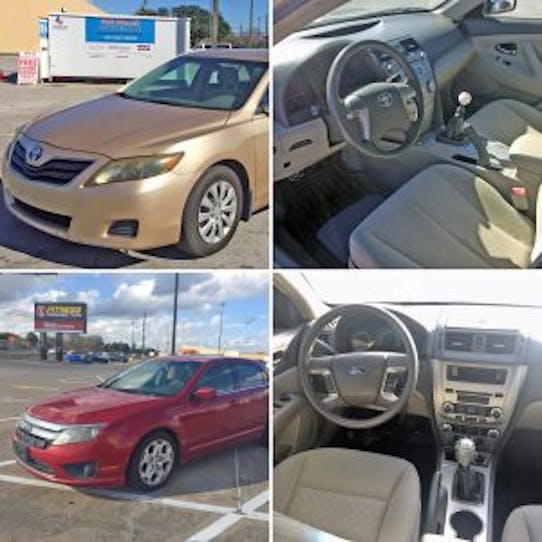
Indifferent to any Ford sedan, would be more accurate. It’s sadly understandable why Ford killed the Fusion toward the end of its life cycle: low public interest and heavy incentive spending are a one-two punch in automotive retailing. But for a magical, fleeting moment in time, you could get a surprisingly grin-inducing family sedan, good enough to satisfy a real enthusiast, in perhaps the plainest wrapper known to humankind. A manual Mazda 6 might be better (good luck finding one), and a Camry will always be more appealing in a humblebrag sorta way. But perhaps that’s just me? I guess the only question that remains is this: Which six-speed manual, big-displacement four-banger family sedan do you prefer?
(UPDATE: The Camry is sold as of this article’s publication, and it took fewer than 2 weeks for that to happen. Which just proves my point about the Camry’s mass-market desirability, truth be told.)


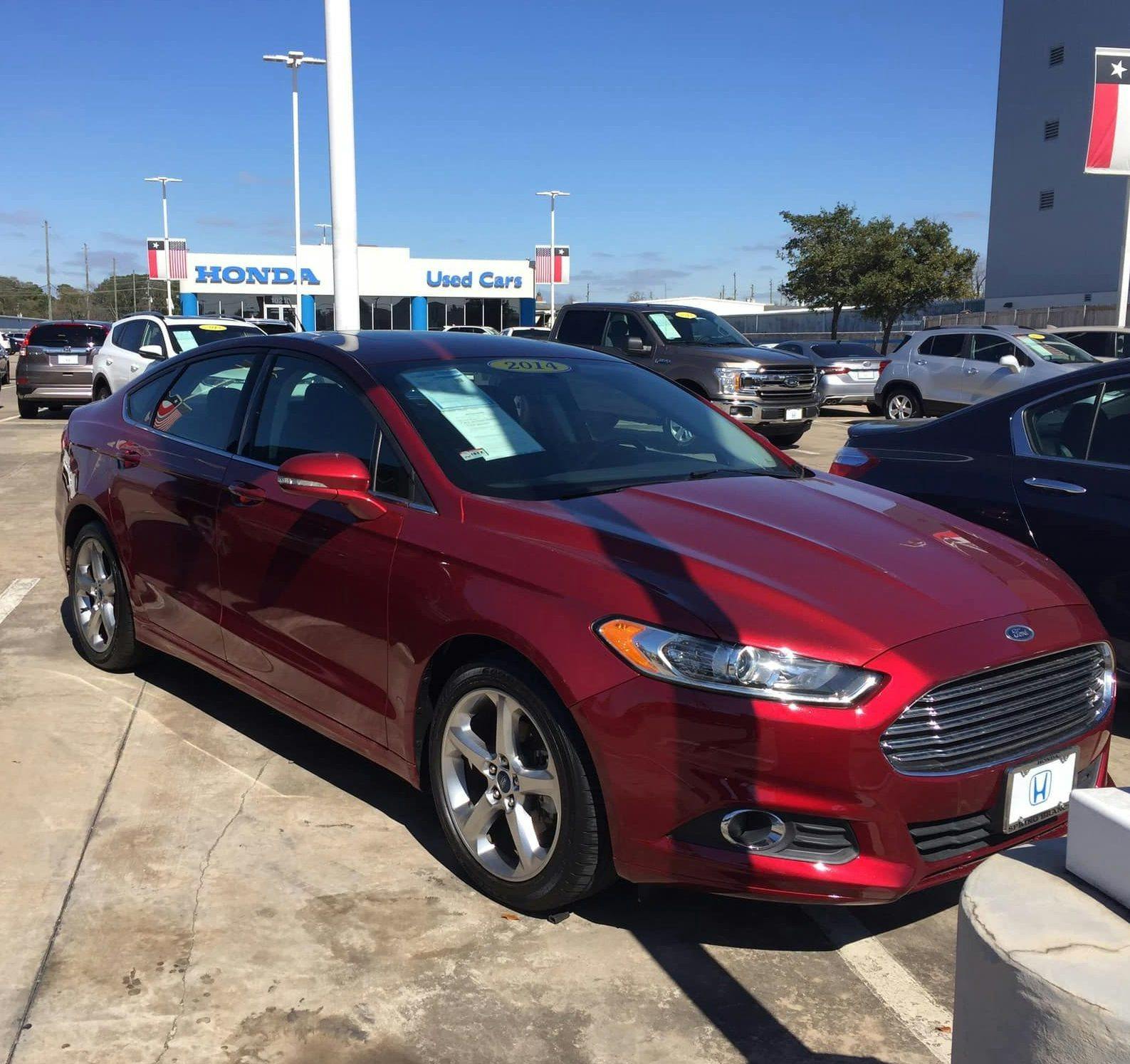

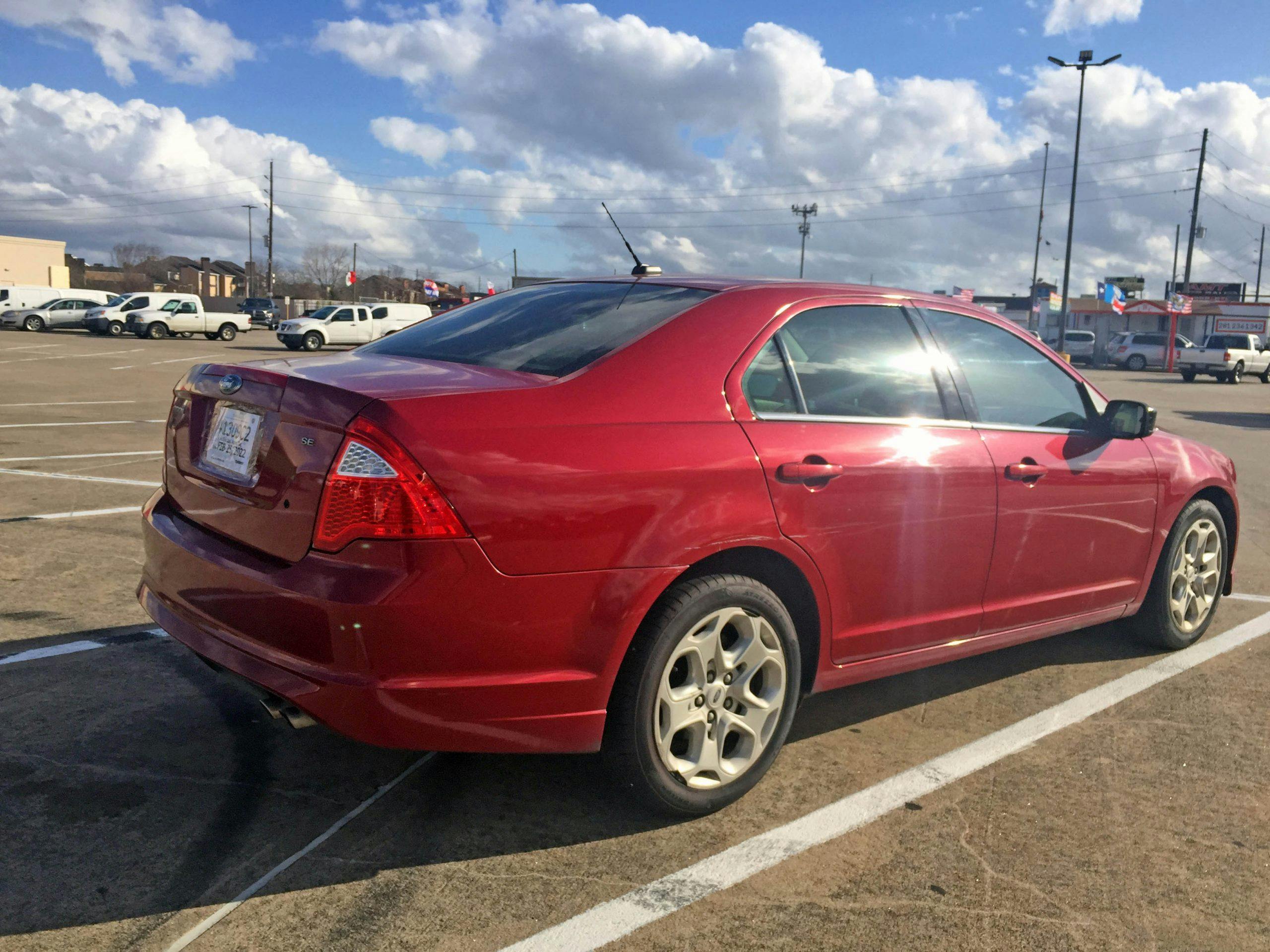

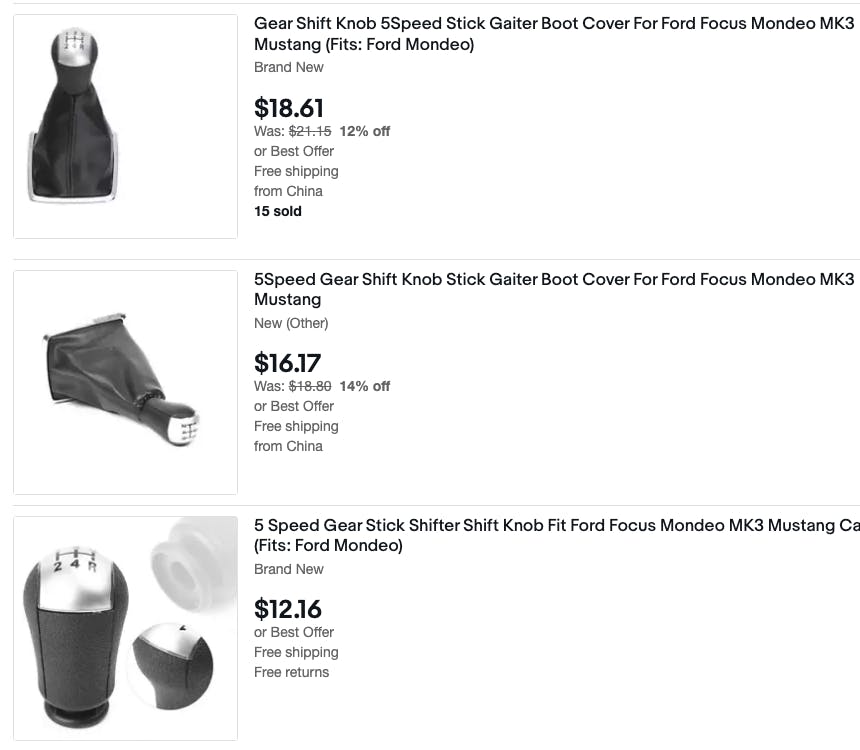
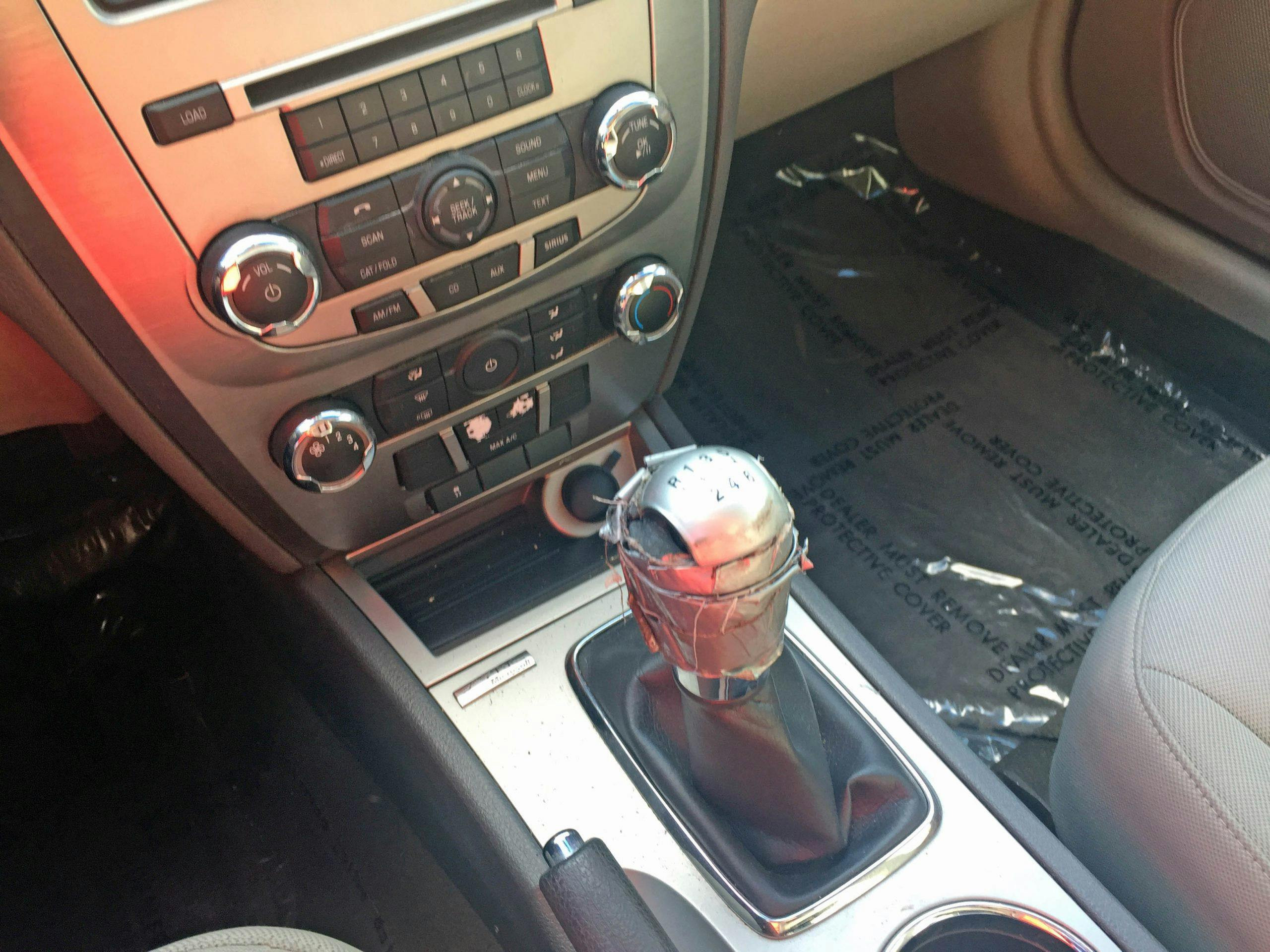



What transmission does the 6 speed fusion have?
It’s the Mazda G6M if memory serves me.
It’s not a sports car, you clown. Doesn’t matter if you put it in quotes or not.
Go drive an actual sports car, and then come back to this family wagon, and tell me that they can be called the same thing.
I apologize for not making the 4DSC Nissan Maxima reference more obvious.
I have a 2010 Ford Fusion with the 2.5 Duratec and the G6M transmission. It has the exact same interior as shown here. However mine has the sunroof option which adds roughly 60 lbs of weight. Regardless, the whole car with a full tank of gas, junk in the truck, and me in the driver’s seat (150 lbs), weighs 3,080lbs on a certified truck scale. Since there are actual aero louvers near both fog lights, I installed a true cold air intake where the filter is protected by a pocket in the bumper but can also receive fresh outside air. (The Camry has fake plastic louvers on the bumper) The cool thing is, as speed is increased, more air is forced into the bumper louvers, thus creating a “Ram” air effect on my filter. The result is my car making 185 hp, an extra 10 hp, and 177 torque, 5 extra torque. My car also has aftermarket aluminum wheels, which frees roughly 90lbs in rotating mass when compared to the heavy 17″ steelies my Fusion came with. The stock steelies when weighed on the scale are 41 lbs. The aluminum wheels I have are 19 lbs. The Fusion in this article was optioned with the 18″ aluminum wheels, which is quite rare on an already rare car. Since the Fusion uses a Mazda transmission, and since Mazda uses Ford’s engines, I was able to use an aftermarket clutch from the MazdaSpeed 6. I installed an Action Clutch stage 2 clutch which allowed for quicker and firmer shifts. I also installed a MazdaSpeed 6 urethane transmission mount which also allows for less tire spin due to excessive powertrain movement with the stock mount. With these four simple mods, clutch, transmission mount, cold air intake, and aluminum wheels, I have a comfortable four door sedan that gets 35 mpg at 70 mph and does 0-60 in 7 seconds. The cool thing is, since the MazdaSpeed 6 has a turbo 2.3 Duratec motor, which is just a 2.5 Duratec with a smaller bore, and since the Mazda 6 cars used the exact same body at that time, all the turbo parts are interchangeable. The other cool thing, the FWD version of the MazdaSpeed 6 used the same G6M transmission found in the Fusion, rated at 300hp and 300 Torque. The AWD version uses a different transmission. That’s why I installed my stage two clutch, because it is rated for 300hp and 325 torque. My goal is to make my own MazdaSpeed 6 which would make a cool sleeper car.
I have a 2010 Fusion SE 6speed manual with the 2.5l. Right now it’s in the shop where it has been for 3 months because my mechanic is having a hell of a time trying to find a “Dual Mass Flywheel” for my clutch replacement. Any suggestions?
Check with Green Sales: http://greensalescompany.com/GreenSales.html